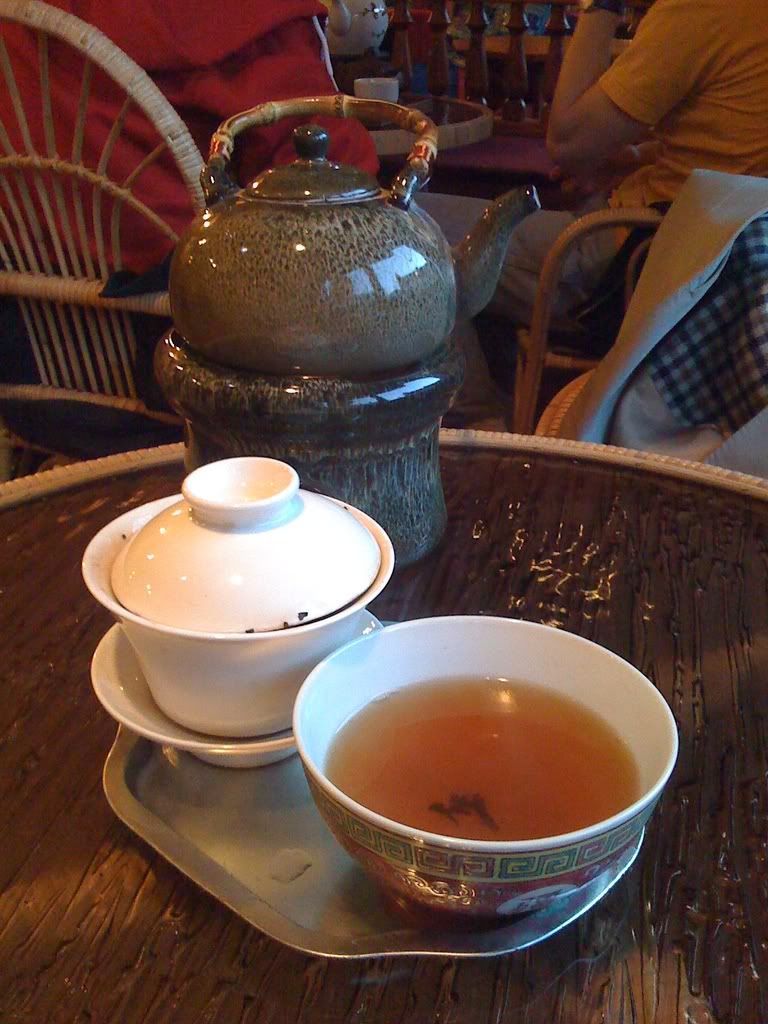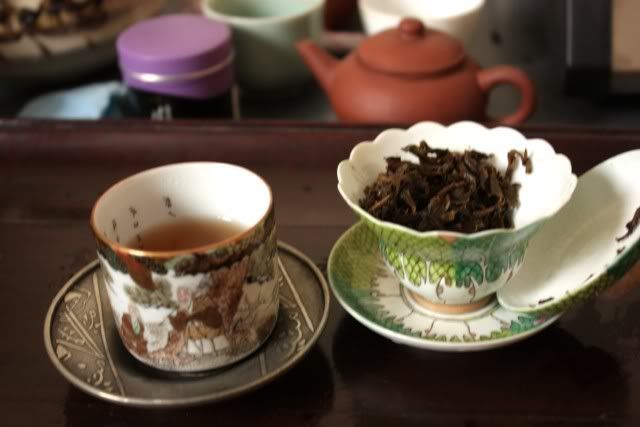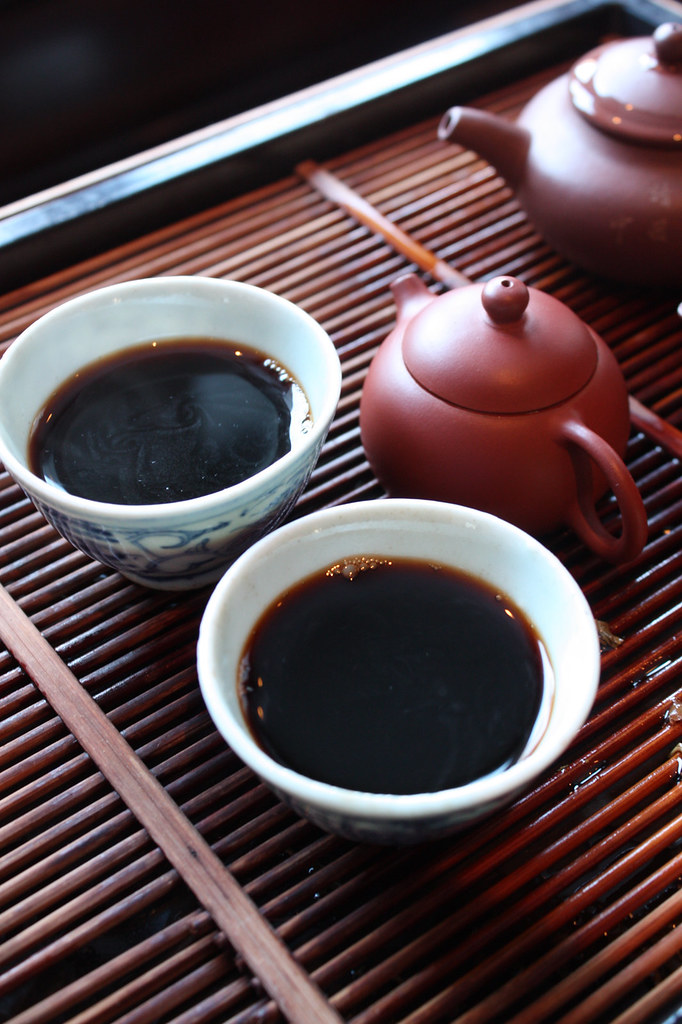I remember when I first started this blog, it was mostly about me drinking new teas I haven’t tried before. There’s a certain excitement to it, and I was very happy to share my thoughts and experiences about those particular teas. It started as a way for me to keep track of what I’ve had, but also as a way to share my thoughts with others who are interested in the hobby. Over time, I have found a large number of people who are interested in this kind of esoteric thing, and have made many good friends through it.
Many of you witnessed the rather frenzied phase when I was in China and Taiwan, drinking my way through the country. It’s well documented on this blog.
I learned a lot through all that, not only because I did it, but because I wrote about it. Writing reinforces knowledge. That’s always true, and will probably always be true. It helps you organize the information you have gathered in a meaningful way, and I will always have a deposit of information in the form of this blog.
These days, I don’t sample anything anymore. I have lots of them sitting around, and I still get some offers to send me more, but over time, I find my appetite for samples diminishing. Partly it’s because you have to go through a lot of crap to get to the good stuff, and partly because, maybe, I no longer find the same feeling of excitement anymore, drinking new tea. Mind you, I think I will still drink my way through the city or whatever if I am in a place with a lot of tea — that hasn’t changed. Maybe what it is though is that I no longer feel the urge to document and to parse it with the intense interest I did before. They generally all fall into archetypes of teas that I have already tried.
I still drink tea every day, of course, but recently, most of the tea I’ve been drinking are wet stored puerh from Hong Kong or aged oolongs of some sort. I should probably talk about at least the wet stored stuff I’m drinking, as I actually think it’s quite good, especially for the price. At the same time, there’s probably no point in talking about the same tea over and over again. You’d be bored before I am.





 RSS - Posts
RSS - Posts
Interesting.... would 250C in my oven work?